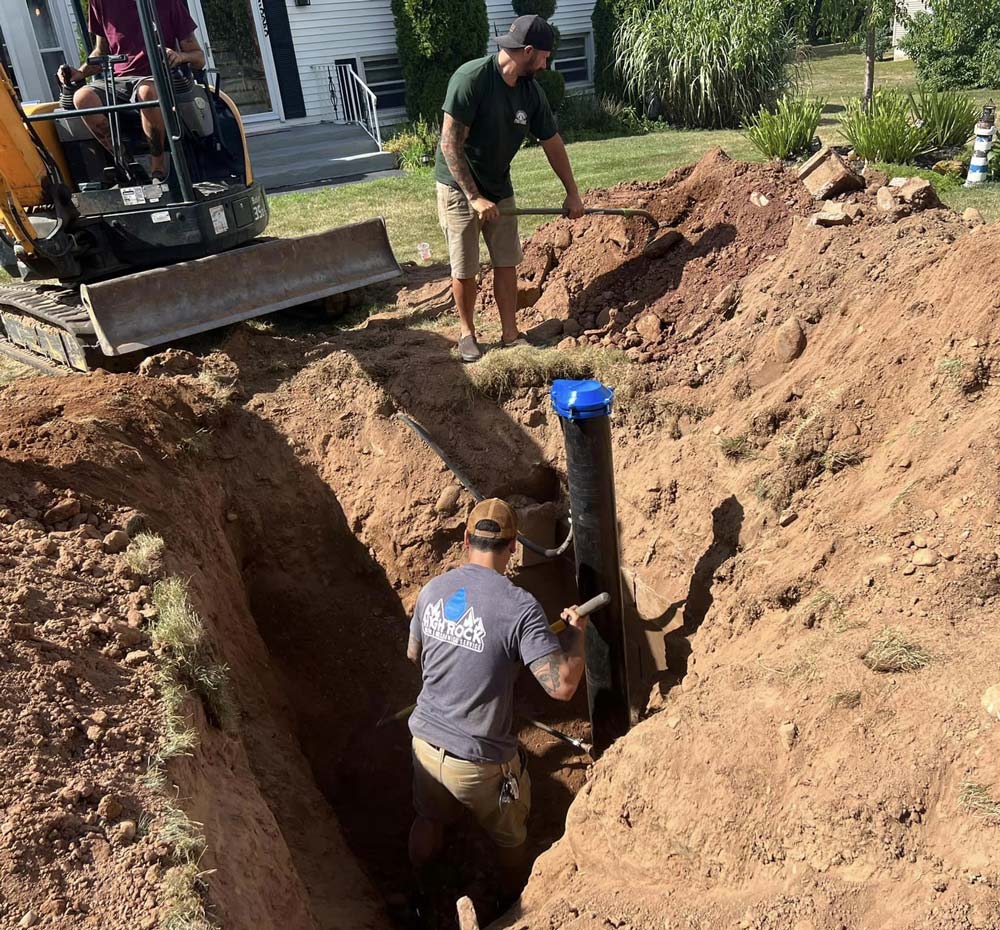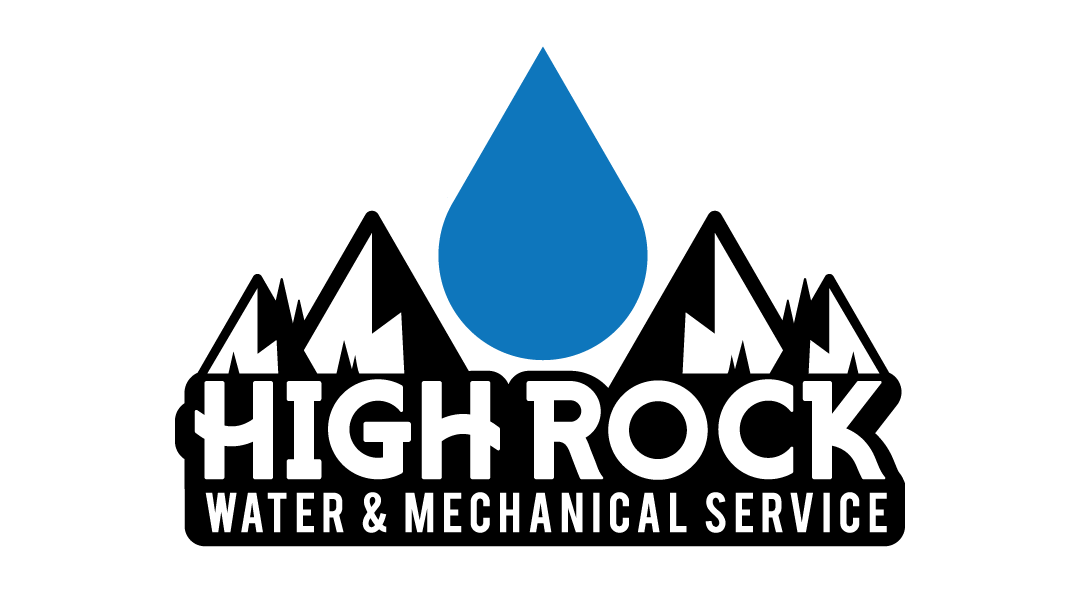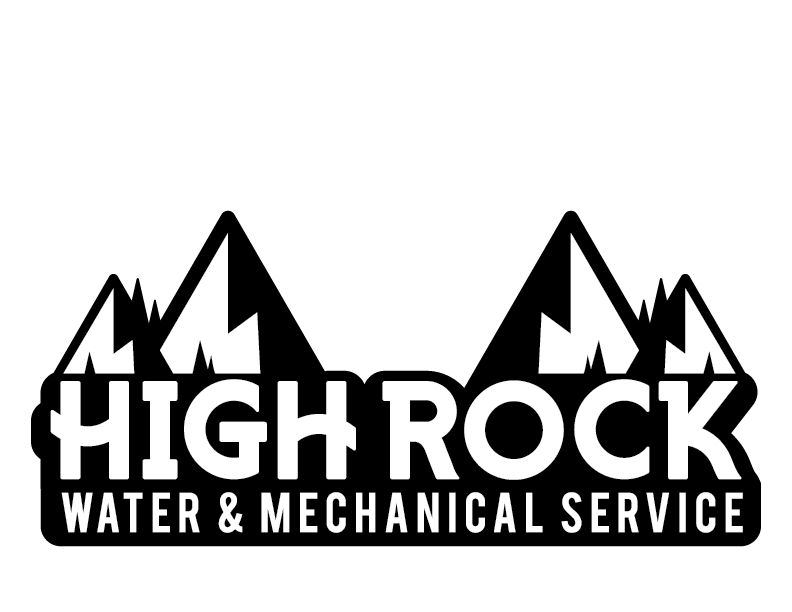The Important Question of Proper Pump Placement

As a homeowner with a private well, it's natural to have questions about how your system works. One of the most common and important questions we hear is, "How deep should my well pump be?" It’s a smart question to ask, because the pump's setting depth is one of the most critical factors for its efficiency, its lifespan, and the overall reliability of your home's water supply. Placing it too high or too low can lead to serious problems, making a professional calculation essential.
It’s Not Just About Well Depth: Key Terms to Know
The ideal depth for a submersible pump isn't a random number or a simple fraction of the total well depth. It's a precise calculation based on your specific well's characteristics. To understand the logic, you first need to know a few key terms from your well driller’s report.
Static Water Level
This is the natural level of the water in your well, measured from the surface, when the pump is off and the water is at rest. Think of it as the well's baseline water level.
Pumping Water Level & Drawdown
When the pump turns on, the water level inside the well casing drops. The level where it stabilizes while the pump is running is the pumping water level. The distance the water level drops from the static level to the pumping level is called the drawdown. This shows how quickly the well is being emptied compared to how quickly it refills.
Well Yield
This is the rate, measured in gallons per minute (GPM), at which your well naturally replenishes with water from the underground aquifer. A high-yield well will have less drawdown than a low-yield well.
The Professional Formula for Ideal Pump Depth
So, how do all these factors come together? The fundamental rule is to set the pump at a depth where it will always be submerged in water, even during periods of high use or seasonal drought, but not so deep that it pulls in sediment from the bottom.
The general guideline is to set the pump at least 10-20 feet below the pumping water level (the lowest point the water drops to). It should also be set at least 10-20 feet above the bottom of the well to avoid stirring up sand, silt, or other debris that can damage the pump and affect your water quality.
Why a Professional Assessment is Crucial
Determining the perfect spot between these two points is a calculation best left to a professional. Organizations like the Water Quality Association (WQA) stress the importance of proper system design for ensuring safe and reliable water, and pump placement is a cornerstone of that design.
The Risks of Improper Pump Depth
- Set Too High: If the pump is too close to the pumping water level, a slight drought or high water usage could cause the water to drop below the pump. This will cause the pump to "run dry," which can quickly overheat and destroy the motor.
- Set Too Low: If the pump is too close to the bottom, it can act like a vacuum, pulling in sediment and grit. This abrasive material will rapidly wear down the pump’s internal components, leading to premature failure.
How We Determine the Right Setting
At High Rock Water, our process for a new well pump installation is meticulous. We start by carefully reviewing your well driller’s report to understand the well's yield, depth, and static water level. We use this data to calculate the maximum drawdown and determine the optimal setting depth that ensures your pump is safe, efficient, and protected.
Your Simple 3-Step Path to an Optimal Setup
- Schedule a Well System Assessment: Contact us to have a professional evaluate your system or review plans for a new one.
- Receive a Professional Evaluation & Recommendation: We’ll analyze your well data and explain the ideal placement for your pump.
- Ensure Your System is Set for Peak Performance: Our expert technicians will install your pump at the precise depth for maximum reliability.
Potential Benefits of Correct Pump Placement
Getting the depth right is a critical investment in your home's infrastructure.
- May help prevent the pump motor from overheating and failing prematurely.
- Assists in protecting your water quality by avoiding the intake of sand and sediment.
- Supports a consistent and reliable water supply, even during dry seasons.
Gain Confidence in Your Well System’s Health
Imagine the peace of mind that comes from knowing that the unseen heart of your home's water system is installed correctly. Knowing your pump is protected from running dry and is positioned to deliver clean, clear water gives you one less thing to worry about as a homeowner.
If you have questions about your current pump's placement or are planning a new installation, let our experts provide the clear answers and professional service you need.
CT'S Best Well Water Service Professionals
OVER 50 YEARS OF COMBINED EXPERIENCE
Our plumbers have a profound experience on working residential property.
CERTIFIED & LICENSED PLUMBERS
Our plumbers have the latest certifications and trainings to ensure they are educated on new technology.
FREE QUOTES ON ALL SERVICES
At High Rock Water & Mechanical Service, we provide free quotes for any of our customers.
WELL KNOWN IN THE CONNECTICUT AREA
We have been servicing our customers in and around the western and central CT area for over a decade.
HIGHLY RATED ON GOOGLE
Our reviews show how dedicated we are to helping our customers.
100% CLIENT SATISFACTION
Our goal is to have all of our customers to be happy customers and to think of High Rock Water & Mechanical Service whenever they need us.



